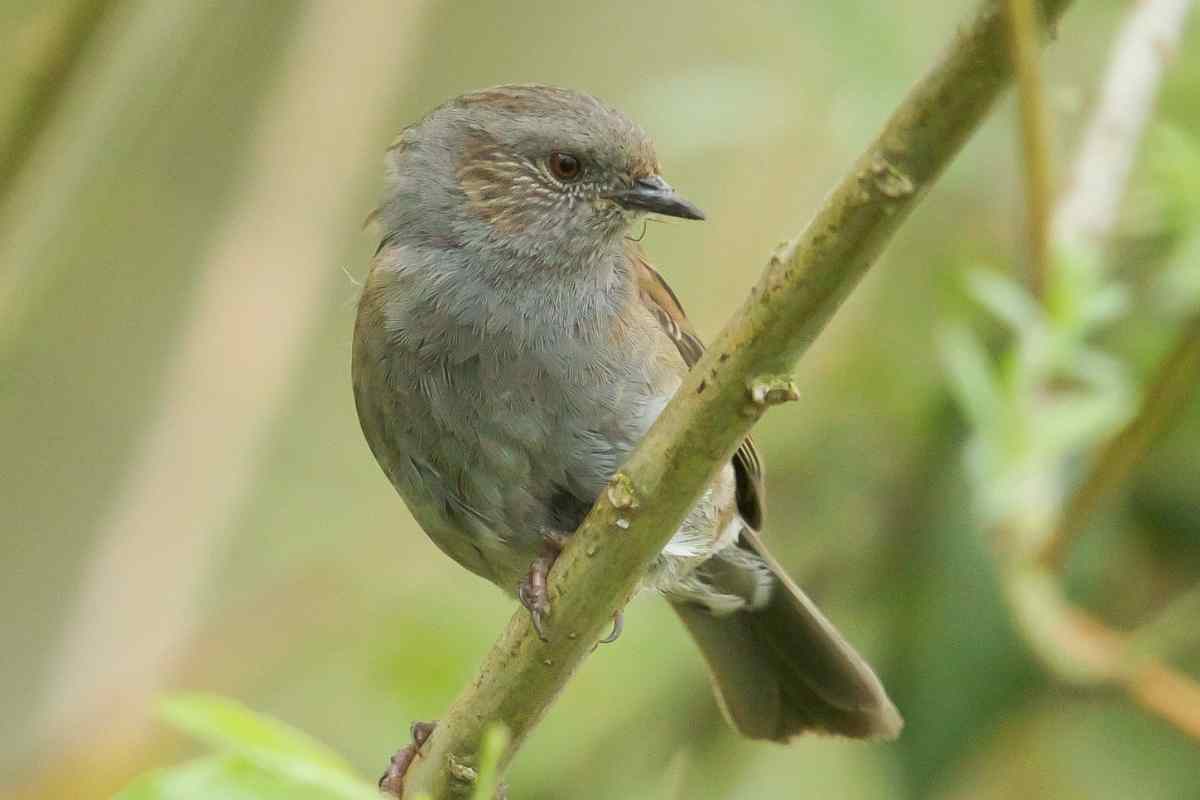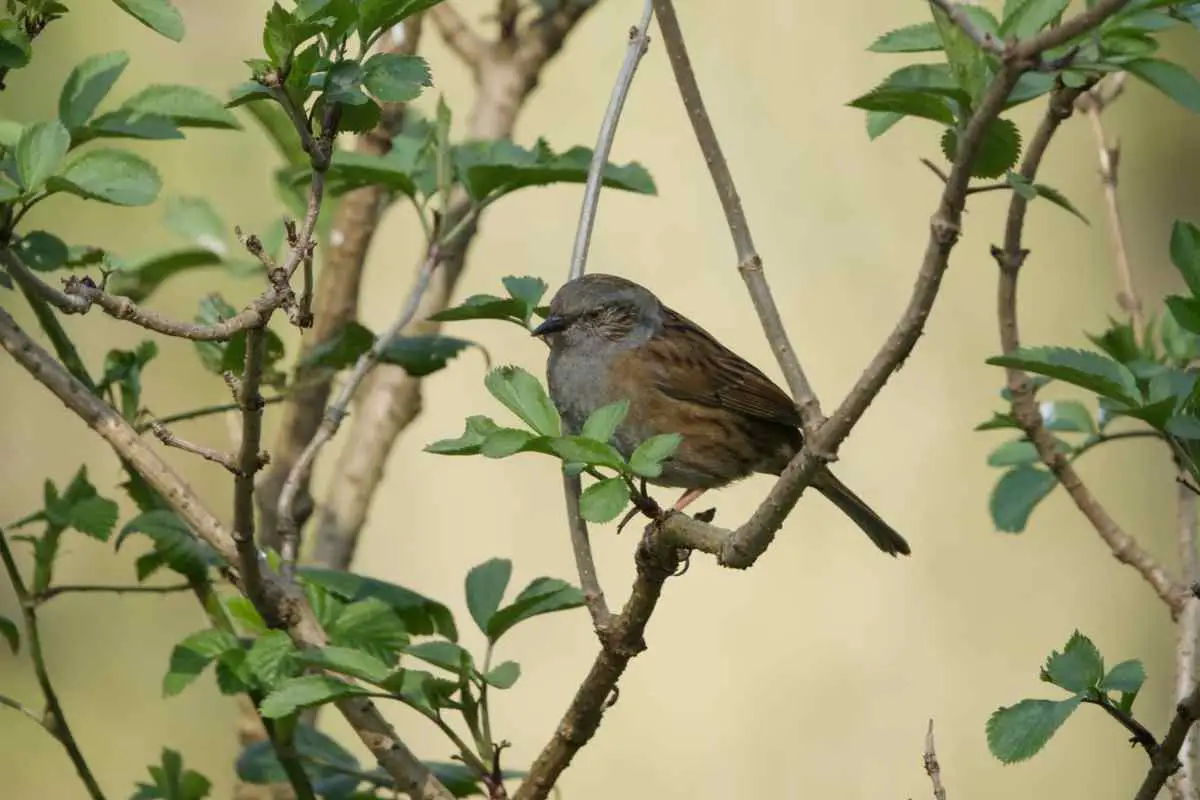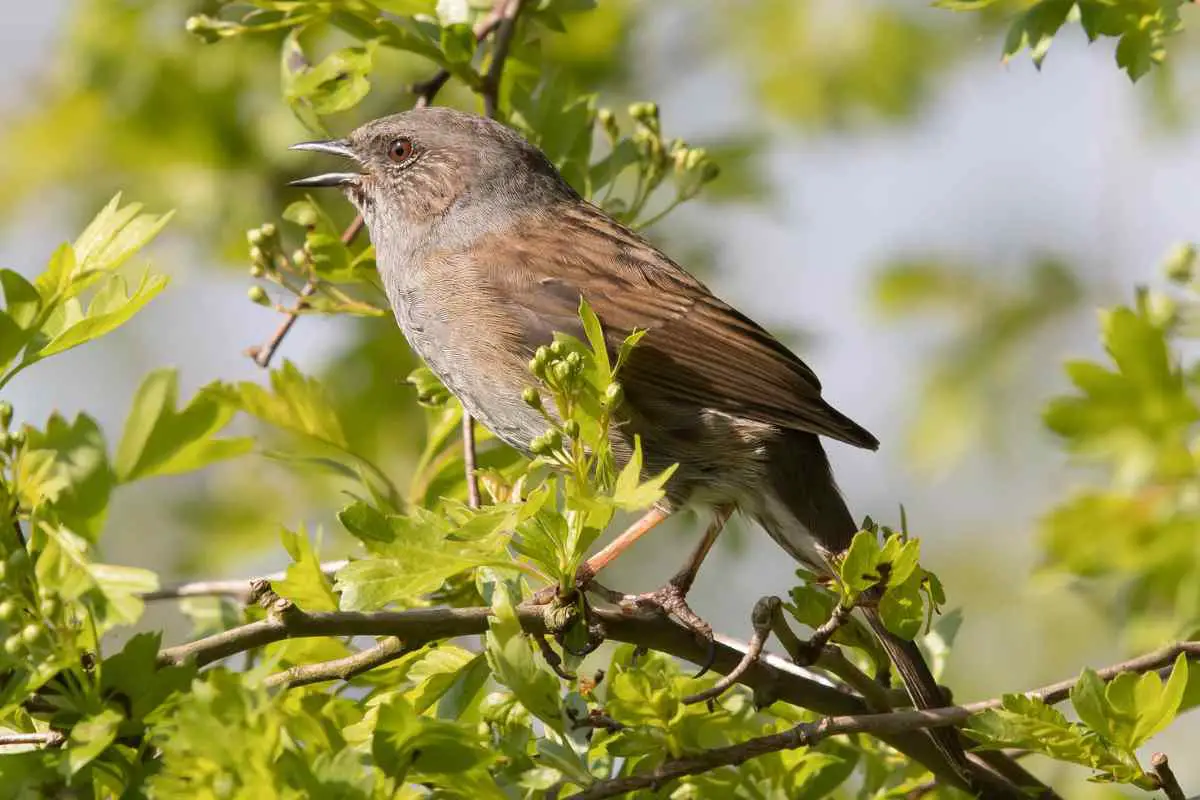Poorly made bug hotels can attract wasps and rats, as well as parasites and birds. Even though the best bug hotels sometimes attract a wasp or two, rats often make less common visitors. By selecting a properly made bug hotel, rats, wasps, and other unwanted pests are less likely to show up.
To learn why poorly made bug hotels attract rats, wasps, and other pests, keep reading. In this article, we cover what kind of bug hotels attract pests and offer tips for selecting the best bug hotel for your wanted insects.
Let’s get started.
Table of Contents
Do Bug Hotels Attract Rats?
Very rarely do bug hotels attract rats. Rats are drawn to food like grains, seeds, nuts, fresh produce, and sometimes small animals and insects, which are not commonly found in bug hotels.
Not to mention, properly made bug hotels are elevated off the ground so that they are a good distance away from prying rats and mice.
That being said, poorly designed bug hotels can attract rats. For example, bug hotels on the ground or hotels that include seed-producing plants can invite a rat or two.
More so, poorly cleaned bug hotels can attract rats with buildup of seeds and other tempting treats.
Even though rats can come to your bug hotel, they will not be your biggest concern. Instead, wasps and parasites are much more common in these homes than rats, but you should still pick a bug hotel that is properly designed to fight against rats.
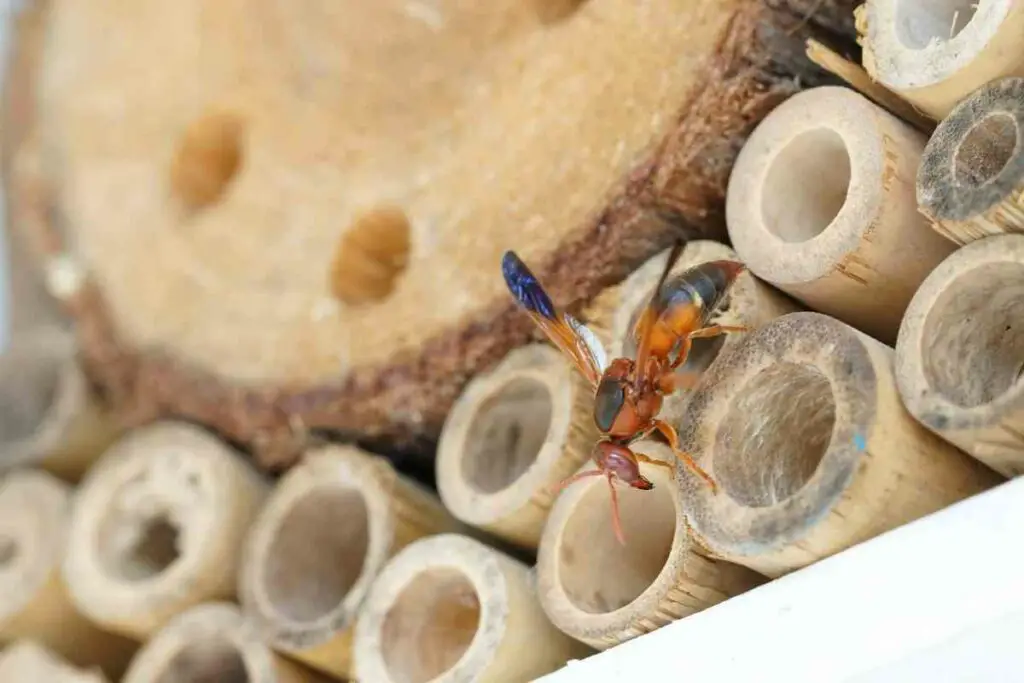
Do Bug Hotels Attract Wasps?
As mentioned above, bug hotels often attract wasps. In fact, bug hotels that are made correctly can even attract wasps. That is because big hotels are the perfect home for solitary wasps. Solitary wasps should be invited to your bug hotel.
However, many unwanted wasps may try to invade your bug hotel, which you do not want. There are several wasp types that feed on bees and counteract the work of your bug hotel.
When these wasps are present, you can expect your bees to start dying off. Some parasitic wasps include ruby-tailed and monodontomerus wasps.
Note that solitary wasps are not usually parasitic to bees. Instead, they often live with the solitary bees in bug hotels with little to no issues.
Even though it is good for your bug hotel to provide sanctuary for solitary wasps, the last thing you want is for parasitic wasps to call your bug hotel home.
Parasitic wasps are dangerous, and you should pick out a bug hotel that is designed to fight against these wasp types.
Even if you have a bug hotel designed responsibly, it can be difficult to keep parasitic wasps away from your bug hotel. Because of how small wasps are, it is more difficult to prevent them than rats and other larger pests.
What Other Pests Do Bug Hotels Attract?
Rats and wasps are not the only pests that may come to your bug hotel. Depending on the material and design of the bug hotel, you can expect a variety of pests to be attracted, especially parasites that feed off of bees.
Pollen mites, for example, are frequently found in bug hotels because they are parasitic creatures that feed on bees. Chalkbrood is another parasitic fungus that grows uncontrollably inside these hotels.
Although this fungus is not often found in wild bee populations, it can easily be found in hotels.
Occasionally, bug hotels can attract birds and other larger species too. These sorts of animals will try to eat bees, much like parasitic wasps.
In other words, bug hotels do not just attract insects that you can find in your garden or yard. They also attract parasites and large pests that like to feed off of bees.
Are Pests Dangerous to Bug Hotels?
Unwanted rats, wasps, and parasites are very dangerous for your bug hotel. These different pests often eat bees or target their young. As a result, the bee hotel can be a breeding ground for bee death instead of a sanctuary that increases pollination.
Because of how dangerous these pests can be inside bug hotels, it is important to prevent these pests from infesting your bug hotel.
Only by selecting a responsible bug hotel will most of your bees and other wanted insects be safe inside.
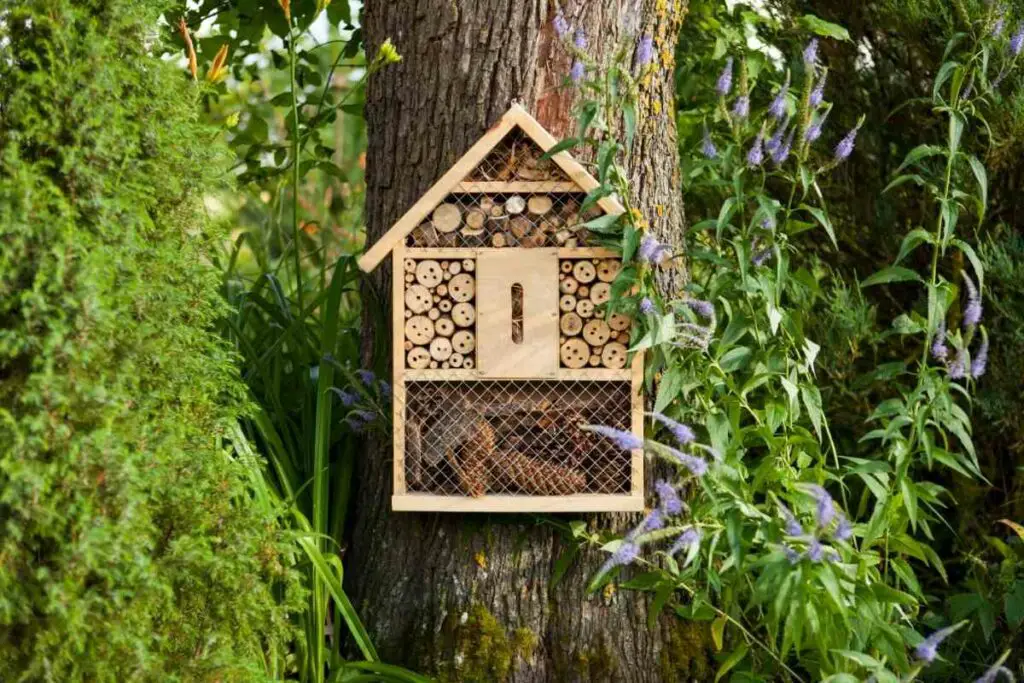
How to Keep Pests Out of Your Bug Hotel
In order to keep pests out of your bug hotel, you need to select a bug hotel that is specifically designed for bees and their safety.
You will also need to clean out the bug hotel to ensure it is clean and ensure there are no infestations inside. Here are some tips for keeping pests out of your bug hotel:
Bees Prefer Smaller Openings
Try to only use small openings to get inside the bug hotel. Larger openings make it easy for wasps, mice, rats, and other pests to get inside and eat the bees. Not to mention, bees prefer smaller openings. By keeping the opening small, larger pests are unlikely to get inside.
Greehouses
Storing your insect house inside greenhouses for extra protection is a great way to keep habitats safe and unwanted pests out.
Do not Include Materials with Seeds
Make sure not to include any materials that may contain seeds or other food that may attract rats and mice. Pinecones and grasses, for example, should not be included in the bug hotel.
Put Netting Around the Hotel
Another way to ward off rats, birds, and other large predators is to put netting around the hotel. The netting will prevent larger animals from getting inside, but bees and smaller insects will be able to come and go freely.
Clean the Hotel Frequently
You should not forget about the bug hotel once it is put up. You should clean it frequently in order to remove any buildup and debris.
Keeping it clean will help to fight against infestation and parasites. Plus, cleaning the bug hotel allows you to inspect for any infestations.
If infestations and unwanted visitors are seen during the cleanups, you know you need to change something about the bug hotel to create a safer environment for your bees.
Best Place To Hang An Insect House To Keep Out Pests?
The best place to hang an insect house is high up as possible and on a secure structure like walls or trees.
Make sure to locate your insect house in a shady area to keep and insect habitats healthy inside.
Read more on Where to locate your insect house and What are the benefits of insect houses.











